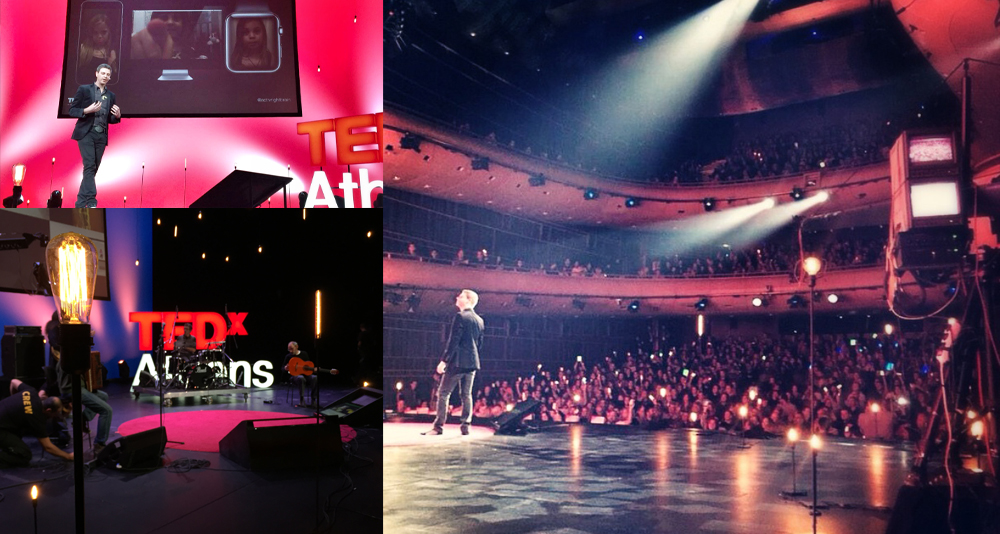Hollywood is rejoicing as cinema-goers flock back to the big screen this summer. In recent years the movie theatre experience looked as if it was going the way of the music business, but now the 2015 summer of excess is serving up the blockbusters.
The current box office takings merely provide the warm up act to this winter’s releases where we’ll see the long-awaited extension to the Star Wars franchise following on from James Bond’s November action in SPECTRE.
I have a point to make here, relating to the millennials amongst us (the kids born this millennium) and my time spent at the Electronic Entertainment Expo (E3) in LA this week. Having sat through Avengers: Age of Ultron last month, I came away feeling a little despondent and wondering which came first… the story-less all action ADHD blockbuster or the constantly distracted audience?
I had an interesting conversation in the back of a cab last year. I was heading to the airport having just delivered my TEDx talk in Athens, before jetting off to LA for the next big adventure.
I say the talk was interesting, but I mean ‘challenging’. My esteemed car-sharer was a seasoned TED speaker, with years of experience in the field of human behaviour. He held the view that kids today are bombarded with too much information, especially of the digital variety. He believed that mobile devices should be strictly rationed as they cause more problems for kids than they solve.
I told him that I agreed in principal but ‘all things in moderation’ is a better approach than insisting on a non-digital solution. You don’t filter the noise out by turning it all off, you learn to live with it, categorise it and make use of it.
I’d be the first to admit that my kids don’t lead a normal life. The very nature of my job exposes them to a new piece of tech hardware or delivery platform on a regular basis. They are a fabulous sounding board for the reactions of the next generation of consumers as they’re quick to dismiss and not afraid to speak their minds. They have none of the social or business diplomacy to worry about – it just works or it doesn’t.
They’ve been fascinated by and indifferent to various smart watches and VR headsets over the past couple of years and it’s easy to see that a constant supply of digital watch faces will appeal more than garage door openers and short-form film and games are perfect for VR.
At E3, the audience is hungry for new games, but still prefers the familiarity of a sequel and will happily immerse themselves in a single game for hours on end if the content offers enough variety and a continual challenge.
Minecraft is already huge but Microsoft demonstrated a whole new level of immersion at E3 – on HoloLens. If you’re not familiar with this new platform, it’s Microsoft’s foray into the augmented reality market. projecting seemingly real content into the wearer’s field of vision. I’ll be getting hands-on today and will update this article in a few hours.
So where does this leave our kids? Lost in a digital world of shock and awe, content and distraction? Yes, all of the above and it’s brilliant.
I saw the Disney movie Tomorrowland a couple of weeks ago and I loved it. It touched a creative and technological nerve and moved me to write this article. It’s not an explosion-a-second blockbuster like Age of Ultron as it manages to combine an all-action adventure with something subtly cerebral.
It’s a film with a message. Don’t lose your sense of wonder, investigate new technology and be creative with it. Use it to push boundaries, not live within them. We wouldn’t have reached the moon or built electric cars without a commitment to improve the world in which we live. We can also have fun whilst doing it!
It’s our responsibility to encourage kids to live with and use technology to their advantage, rather than distance themselves from it, and a brighter future.






